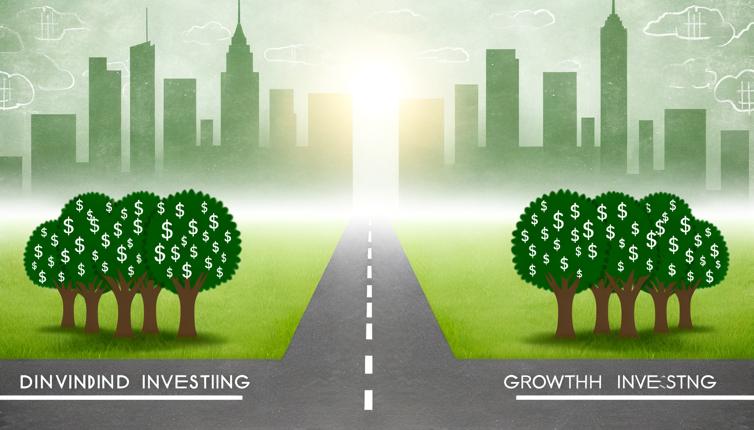Dividend Investing
Dividend investing involves investing in companies that pay regular dividends to their shareholders.,These companies are often stable and well-established, with a history of consistent dividend payments.,Investors who prioritize regular income over capital growth often prefer dividend investing.,Dividends can be a reliable source of passive income, especially for retirees or those seeking consistent cash flow.,Dividend investing can provide a steady stream of income regardless of market conditions.
Growth Investing
Growth investing focuses on investing in companies with high growth potential.,These companies may not pay dividends or may reinvest profits back into the business to fuel expansion.,Investors who prioritize capital appreciation over regular income often choose growth investing.,The goal of growth investing is to buy stocks at a reasonable price and sell them at a higher price in the future.,Growth investors believe that the value of the company will increase over time, leading to higher stock prices.,This strategy can be more volatile compared to dividend investing, as the focus is on long-term growth rather than immediate income.
Conclusion
In conclusion, whether dividend investing or growth investing is right for you depends on your financial goals and risk tolerance. If you seek regular income and prefer stable, established companies, dividend investing may be the way to go. On the other hand, if you're willing to take on more risk and prioritize capital appreciation, growth investing might be a better fit. It may even be possible to incorporate both strategies into your investment portfolio to diversify your income and potential for growth. Ultimately, the decision should be based on careful consideration of your individual needs and circumstances.








